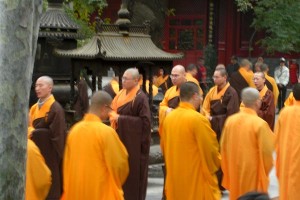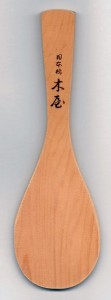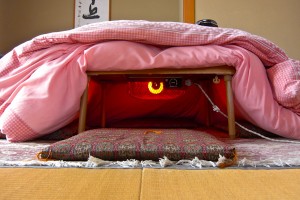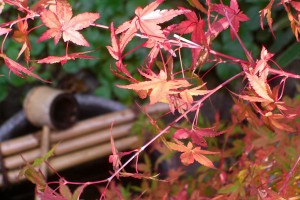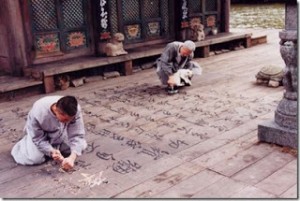The first book on Zen I read was a clear, nicely written more or less unpolished transcript of the Zen-talks given in plain English by S. Suzuki to his American students (Zen Mind, Beginners Mind). After that, unfortunately, I came upon books which were very hard, if not impossible to understand. Books full of contradiction, ambiguous and mystic words, which in the end made me belief that the only chance to really understand Zen is being a Japanese Zen-monk in a Japanese Zen-temple, centuries ago.
It took me a considerable way down the road of learning the Japanese language, until I realised that much of the confusion in Zen-texts is very likely more or less just a translation problem. Let me quote Richard Feynman, the famous physicist, on the subject of learning Japanese, to illustrate that point:
While in Kyoto I tried to learn Japanese with a vengeance. I worked much harder at it, and got to a point where I could go around in taxis and do things. I took lessons from a Japanese man every day for an hour.
One day he was teaching me the word for “see.” “All right,” he said. “You want to say, ‘May I see your garden?‘ What do you say?” I made up a sentence with the word that I had just learned. “No, no!” he said. “When you say to someone, ‘Would you like to see my garden?’ you use the first ‘see.’ But when you want to see someone else’s garden, you must use another ‘see’, which is more polite.” “Would you like to glance at my lousy garden?” is essentially what you’re saying in the first case, but when you want to look at the other fella’s garden, you have to say something like, “May I observe your gorgeous garden?” So there’s two different words you have to use.
Then he gave me another one: “You go to a temple, and you want to look at the gardens…” I made up a sentence, this time with the polite “see.” “No, no!” he said. “In the temple, the gardens are much more elegant. So you have to say something that would be equivalent to ‘May I hang my eyes on your most exquisite gardens?‘
Three or four different words for one idea, because when I’m doing it, it’s miserable; when you’re doing it, it’s elegant […]. I gave up. I decided that wasn’t the language for me, and stopped learning Japanese.
(text taken from wikiquote)
Feynman was not a stupid person, and politeness, confusing as it may sound in the above quotation, is yet a solvable issue. Much more severe is the lack of a subject in many Japanese sentences (this is to be derived form the politeness level), and (compared to any European language I know) a much greater ambiguity of many expressions.
What does that mean for our understanding of (the English translation of) some ancient writings on Zen? Although the ancient Masters’ life and actions were clear and exemplary to his students, his writings skills might not have been on the same level. Adding to that a time distance of a few centuries and the above mentioned language and translation issues, even a plain description how to wash your bowl might in the end sound like a nebulous spiritual revelation of some deep secrets. It is not. It is just written communication gone wrong …
If some Zen-text does not make sense to you, don’t waste too much time on trying to understand it by reasoning! Don’t expect a deep secret behind the words, don’t get frustrated and don’t try to sound clever by quoting what you did not understand yourself … better spend your time in practising a few rounds of Zazen!
